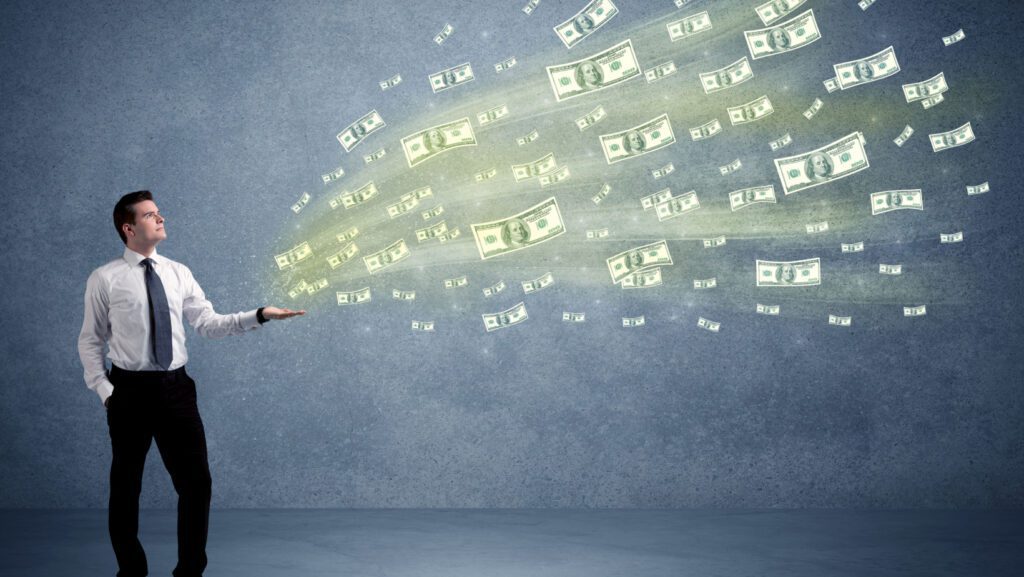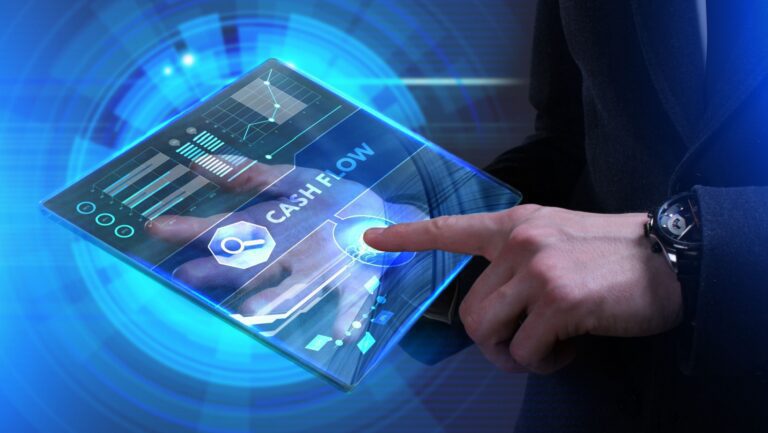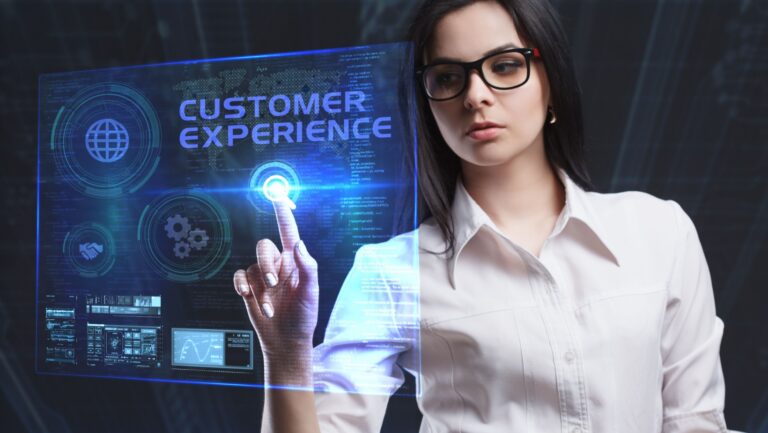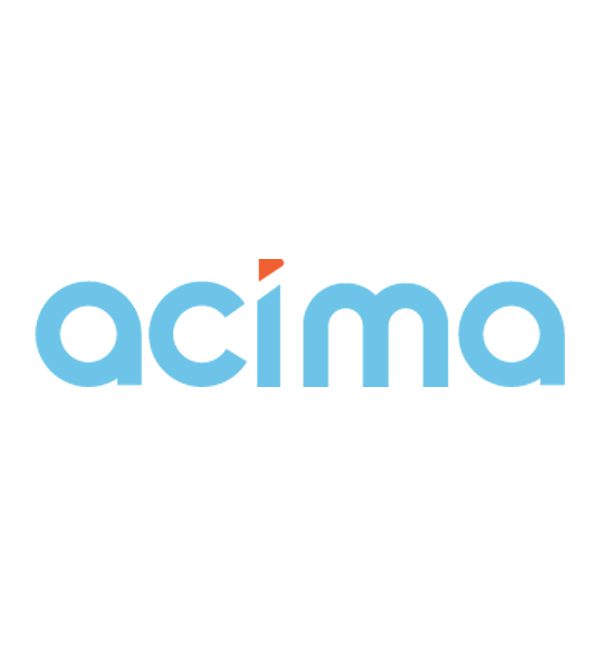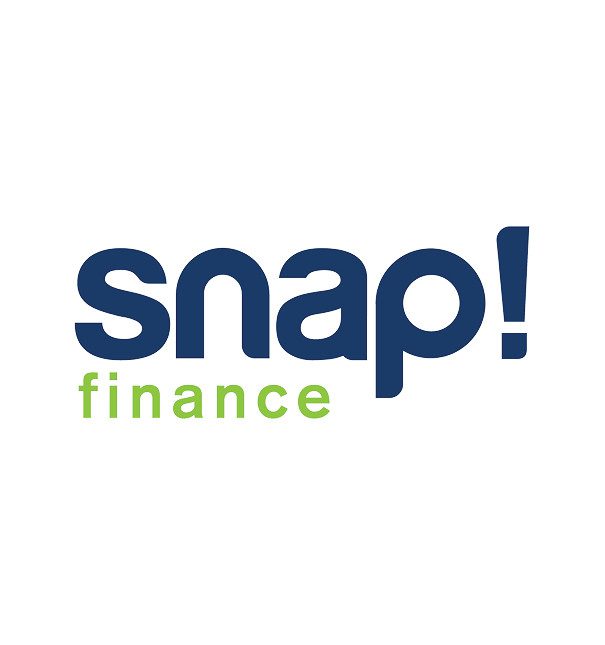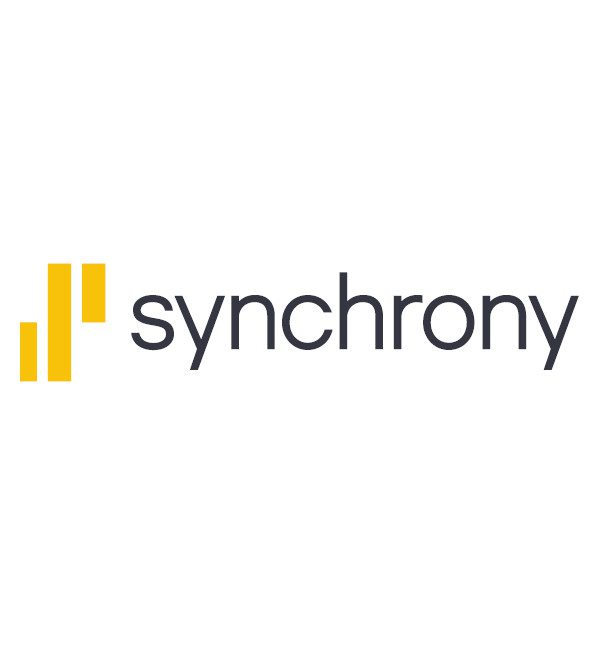Whatever regional economic situation you find yourself in, there is always an opportunity for improvement. It is important to have your finger on the pulse of your business and look for ways to maximize profitability and cash flow. If sales grow faster than in previous periods, cash flow will grow at a quicker pace. However, cash and profit can still be preserved during slower traffic and flatter sales. Leading with several questions, I will give you my perspective on how to do this primarily by categorizing your top business costs so that you can make some changes to add additional income. Focus on understanding and improving your cost efficiencies to deal with the categories that will have the largest impact first.
-
What is your biggest variable cost?
A variable cost is a cost that is incurred when the sale happens. Sales are recorded on the books when the merchandise is in the customer’s possession. That is also when the cost of those goods is recognized. In the furniture industry, the cost of goods sold is often around half of every sales dollar that comes in. Therefore, this is the biggest variable cost and overall cost of doing business in this industry.
The cost of goods can range from business to business in the industry by up to 15%. Those with a lower cost of goods and, thus, a higher gross margin reach their break-even sales quicker and make more money faster. To maximize profitability and cash flow, minimize expenses and ensure that you do everything possible to decrease the cost of goods. The top actions are:
- Pricing best sellers, special orders, and new items at a premium.
- Shopping freight rates.
- Volume and buying group discounts.
- Control how salespeople sell.
- We are keeping inventory at an appropriate level to minimize margin degradation.
-
What is your biggest fixed cost?
Fixed costs are expenses that are locked in. They are incurred no matter what happens with sales. They are inflexible by nature. The most common fixed cost for most operations is usually occupancy cost or rent. This is because there are signed contracts that are difficult to change.
Although there is often not much one can do with occupancy costs, depending on the landlord, there may be possibilities to “right-size” this cost, provided you can state your case. Showroom space should produce at least $150 per square foot, with over $200 being more adequately productive for a standard 35,000 space (note: smaller, boutique-type stores should be much higher). Along with this, the occupancy cost of sales needs to make sense. In my experience, decent long-term profitability is achieved if the occupancy percent of sales is under 10% in a recessionary or poor-performing period. For those expensing to new showrooms, give it a pass if these criteria are not achievable.
-
What is your biggest mixed cost?
By mixed cost, I mean a combination of fixed and variable costs. This is likely to be employee costs. Certain compensation is variable, such as commissions, as these performance bonuses follow sales. Then, there are fixed costs, such as salaries and hourly rates. When all employee costs are put together, including taxes and benefits, the portion of sales usually is in the range of 20-25%. Ensuring the correct number of employees paid at the right compensation level is important in any economy. To help you with this, know that sales per total employee is usually above $280,000, while sales per salesperson is usually above $750,000 for productive operations.
Arguably, the second biggest mixed cost is advertising. This cost is usually between 3% and 10% of sales, depending on the business model. Some advertising costs are fixed as there is likely a minimum expenditure that businesses will always incur. Also, a portion of advertising is variable in that expense coincides with sales. The challenge with improving advertising expenses is figuring out the expense that results in additional business volume.
-
What is your biggest opportunity cost?
Opportunity costs are a term from my college business economic days. They are a cost of not doing something or a missed cost. They cannot be found on any CPA’s financial statements; however, these costs are real to economists. In furniture, these are the costs of missed sales or unproductive traffic. To figure this cost for any period, take the number of customers not sold with no follow-up planned by salespeople. For example, if a store had 1000 customer visits in their showroom and 600 people did not buy, and there is no follow-up planned, the opportunity cost for that month would be $300,000 in sales if the store averages a sales per guest of $500 ($500 x 600).
The name of the game to increase profit and cash flow here is to capture more of the $300,000. Start with this:
- You are tracking traffic by sold, unsold with follow-up, and unsold without follow-up.
- Seek to improve skills to get more follow-up.
- Establish innovative systems and procedures to do the follow-up.
Result: more be-backs, higher close rates, higher productivity, and less opportunity costs.
- What is your biggest hidden cost?
In a brick-and-mortar-focused furniture retailer, the biggest asset on the balance sheet is usually not cash. That is because cash is tied up in inventory. And the greater the inventory level, the greater the hidden costs. These costs are known as inventory carrying costs. These include back-end operations such as warehousing, distribution, service, and higher costs of goods sold due to damages and discounts. To minimize this cost and maximize cash:
- Keep inventory to sales levels at a consistent and appropriate level of volume.
- Offset back-end costs by maximizing delivery revenue.
- Tack productivity of back-end labor cost per delivered business.
-
How should you analyze all your other costs?
The lion’s share of business costs is mentioned above. These previous costs can account for over 80% proportion of the total costs of sales. The other costs are small in comparison. It amazes me that these other costs are often the first costs business owners are concerned with when approaching cost-cutting. Many who focus here rather than the pre-mentioned costs are being penny-wise and pound-foolish. That said, these costs should be routinely looked at. I recommend breaking these down under three categories for analytic purposes, and ultimately, you decide where you think these expenses fall.
- Essential costs. These may include business software and equipment such as ERP, POS, CRM, Traffic counting, website, and distribution systems.
- Growth and development. Growth and development include training, performance groups, buying groups, consulting services, or anything to help grow the business.
- Non-essential travel and meals, administrative, performance bonuses, and expenses not intended to grow the business are optional.
In conclusion, to grow and maximize profitability and cash flow in any economy, first focus on understanding and becoming more productive at the highest cost. The costs to focus on first are the cost of goods sold, employee costs, advertising, opportunity costs, inventory carrying costs, and occupancy costs. Then, look at cutting the optional costs. In the end, profitability is what is left over and ultimately the only true driver of cash, given inventory responsibility.
